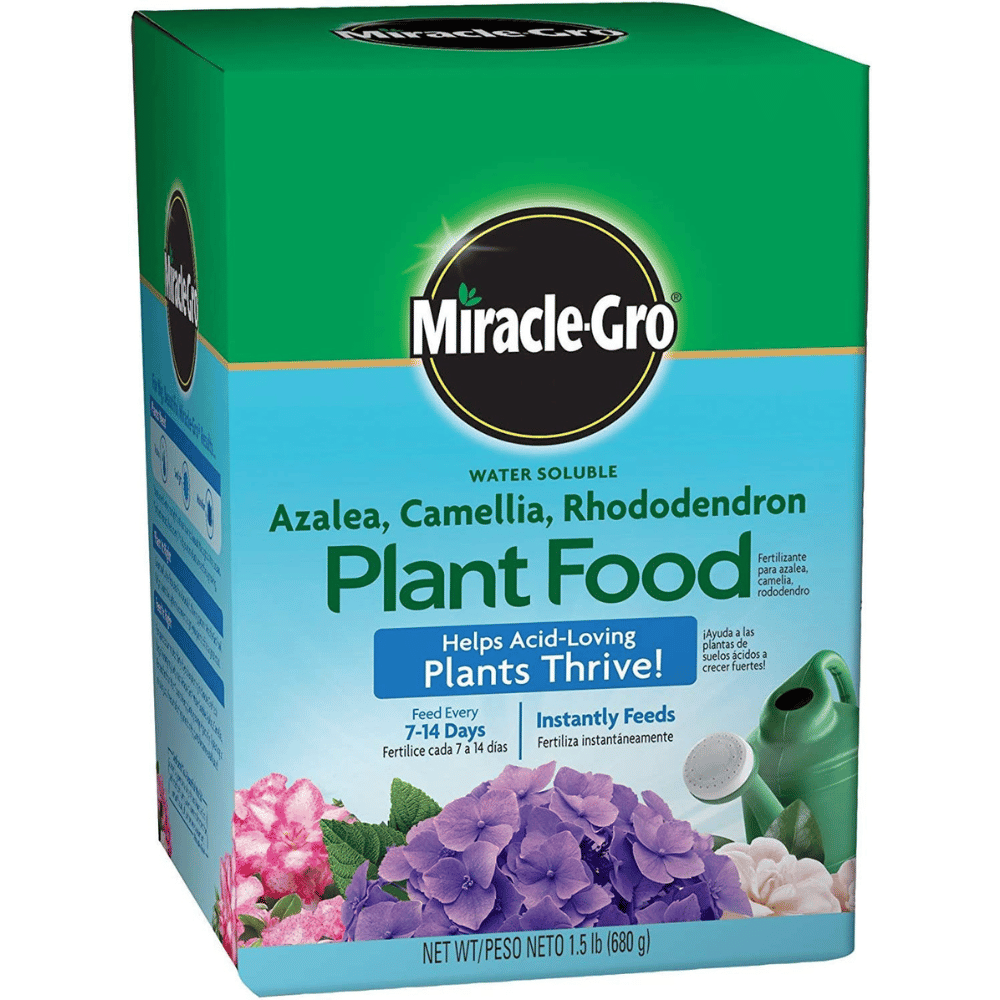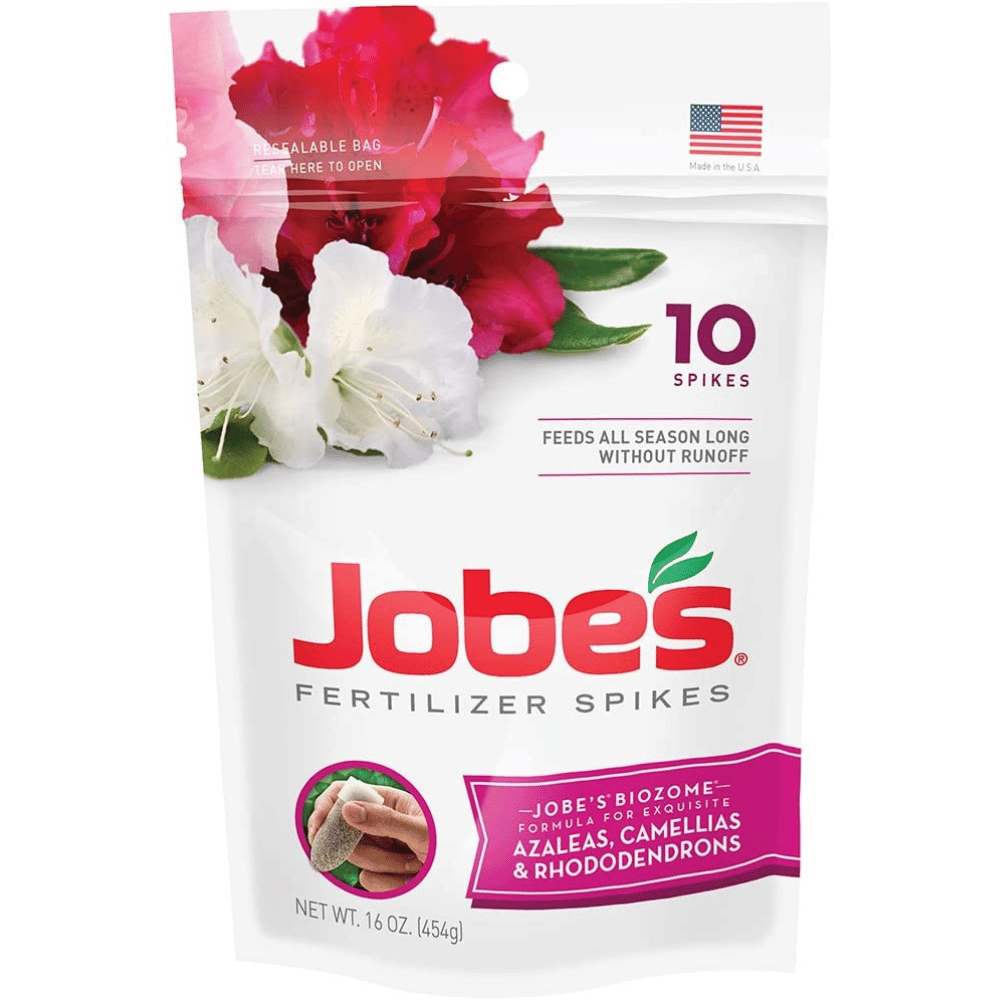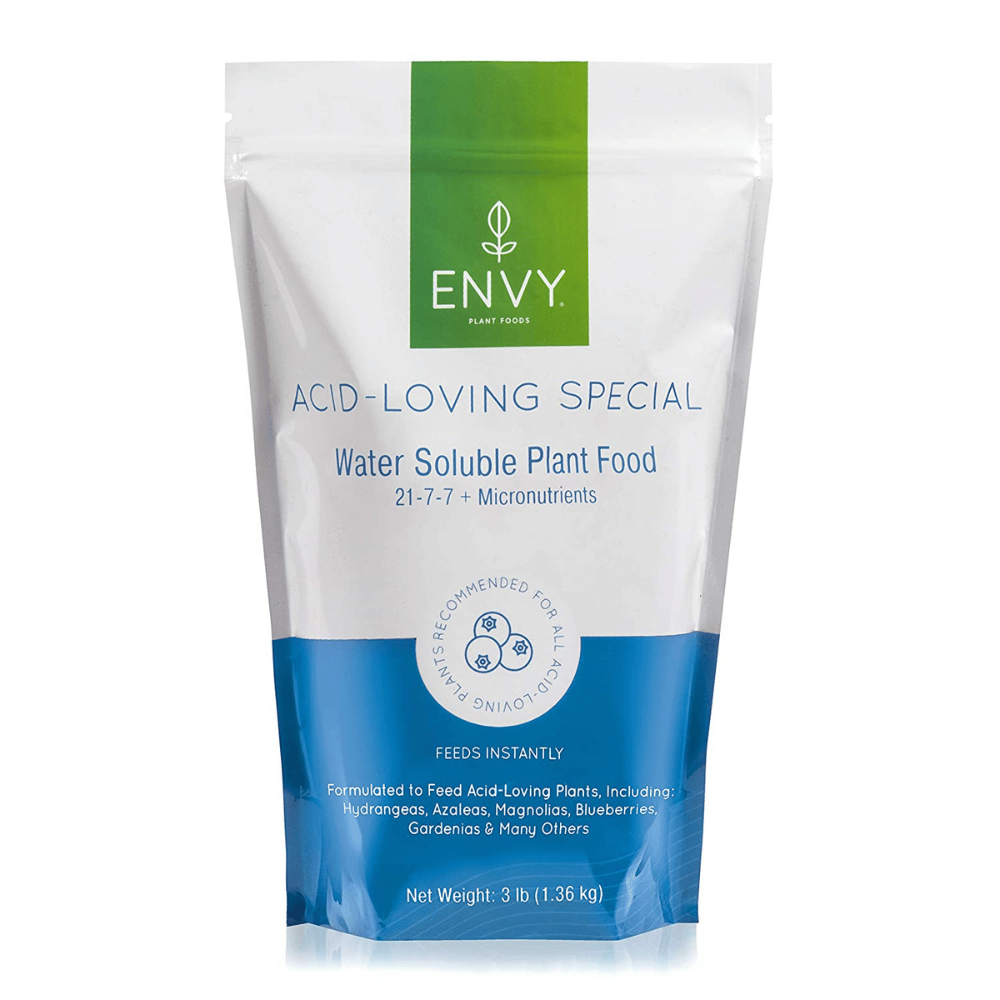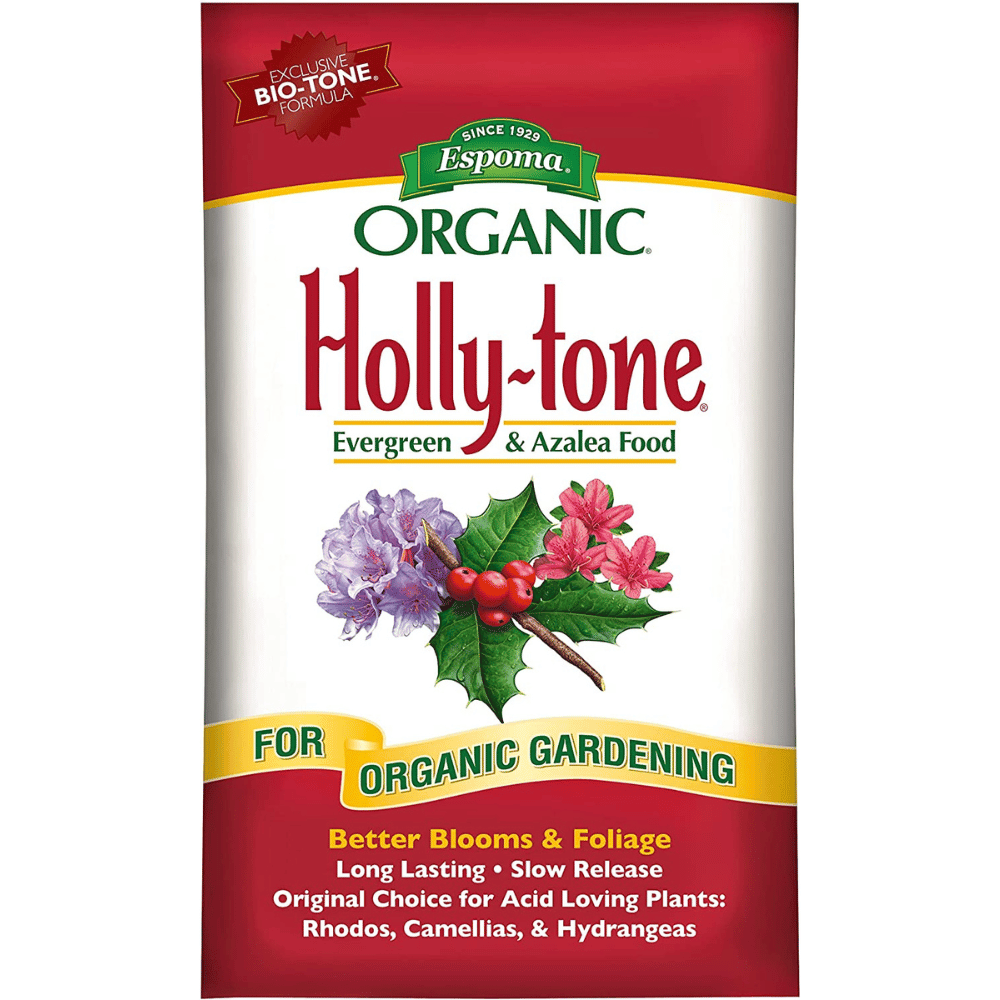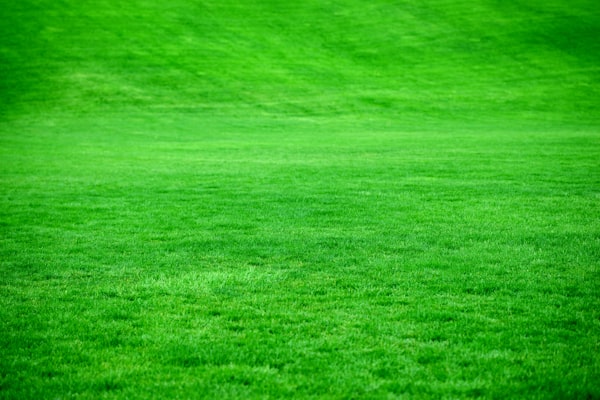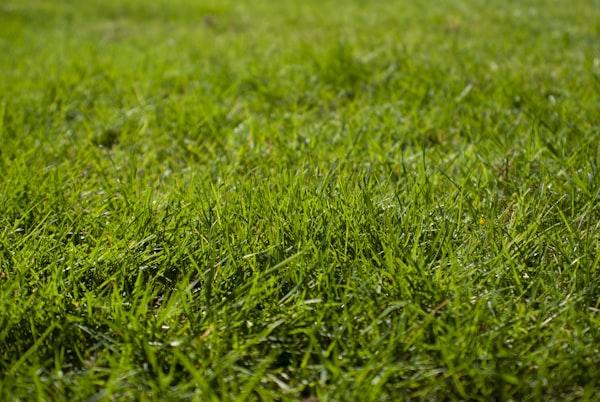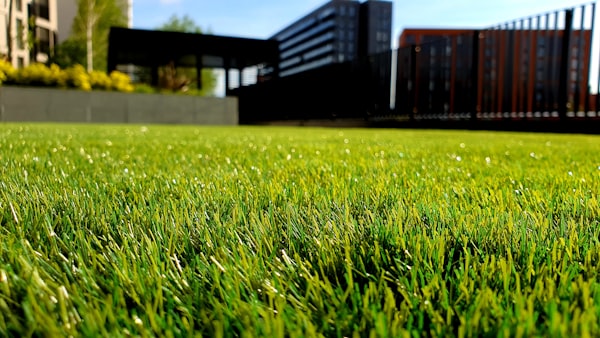Why should I plant Hydrangeas?
Hydrangeas are a beautiful and versatile flower that is perfect for brightening up any garden or outdoor space. Not only do they add a splash of color to your landscape, but they are also relatively easy to care for. Hydrangeas are great for beginner gardeners as they require minimal maintenance and can handle a variety of climates. They come in many different colors including pink, blue, purple, and white making them ideal for creating stunning arrangements with other plants. In addition, hydrangeas have an extremely long blooming period from summer through fall making them one of the most rewarding perennials you can choose for your garden. Planting hydrangeas is the perfect way to create a beautiful and colorful outdoor oasis without having to spend too much time caring for them!
Types of Hydrangeas
Hydrangea plants are popular and come in a variety of species and cultivars, each with its own unique characteristics and growth habits. Some of the most common types of hydrangeas include mophead hydrangeas, lacecap hydrangeas, oakleaf hydrangeas, and paniculata hydrangeas. Mophead hydrangeas are characterized by their large, round flowers that resemble pom-poms, while lacecap hydrangeas have flat, plate-like clusters of flowers surrounded by a ring of smaller flowers. Oakleaf hydrangeas are named for their large, oak-shaped leaves, and paniculata hydrangeas are known for their cone-shaped flower clusters that can grow up to a foot long.
Each type of hydrangea has its own specific growing requirements, including the amount of sunlight, water, and fertilizer needed to keep them healthy and thriving. It's important to choose the right type of hydrangea for your garden based on the conditions you can provide and your personal preferences. Whether you prefer the classic look of mophead hydrangeas or the unique charm of oakleaf hydrangeas, there is a type of hydrangea that is perfect for you.
What is Hydrangea Fertilizer?
Hydrangea fertilizer is a specially formulated plant food designed to provide the essential nutrients that hydrangeas need to thrive. Hydrangeas are known for their large, showy blooms, and to keep them looking their best, they require a balanced and consistent supply of nutrients. Hydrangea fertilizer is formulated with the right combination of macro- and micronutrients, such as nitrogen, phosphorus, and potassium, as well as trace elements like iron and magnesium, that are essential for healthy plant growth. By using a fertilizer specifically designed for hydrangeas, gardeners can ensure that their plants receive the right nutrition to produce abundant, vibrant blooms. Additionally, many hydrangea fertilizers are also formulated to address specific soil pH issues, such as low acidity, which can impact the color of the blooms. By using the right fertilizer, gardeners can help their hydrangeas reach their full potential and enjoy a beautiful and thriving garden.
Different Types of Fertilizers for Hydrangeas
There are several types of fertilizers that can be used for hydrangeas, including slow-release granular fertilizers, liquid fertilizers, and organic fertilizers.
Slow-Release Granular Fertilizers
Slow-release granular fertilizers are a great option for hydrangeas because they provide a steady supply of nutrients to the plant over a long period of time. This type of fertilizer is usually applied in the spring and lasts for several months, so you won't have to worry about fertilizing your hydrangeas as often. Slow-release chemical fertilizers also help to prevent nitrogen runoff and leaching, which can be harmful to the environment.
Liquid Fertilizers
Liquid fertilizers are another option for hydrangeas. They are quick-acting and can be applied directly to the foliage or soil. Liquid fertilizers are great for giving your hydrangeas a quick boost of nutrients, but they will need to be reapplied more frequently than slow-release fertilizers.
Organic Fertilizers
Organic fertilizers are a great option for those who want to be environmentally conscious and avoid using synthetic fertilizers. Organic natural fertilizers are made from natural sources such as bone meal, kelp meal, and blood meal. These fertilizers release nutrients slowly over time, providing a steady supply of nutrients to your hydrangeas.
How we choose the best fertilizer for hydrangeas
It is our duty to provide our readers with the most accurate and up-to-date information on the best fertilizers for hydrangeas. We carefully researched and analyzed customer reviews and feedback to determine which fertilizers were the most popular and highly rated among gardeners. Our aim was to provide gardeners with a comprehensive guide to the best fertilizers available on the market. We evaluated fertilizers based on a number of important factors, including their ability to promote healthy growth and abundant blooms, their ease of use, and their overall value for money.
Overall, our comprehensive review process ensures that our readers are able to make informed decisions when choosing a fertilizer for their hydrangeas. By taking into consideration the opinions and experiences of real gardeners, we are confident that our recommendations are the best possible options for anyone looking for a high-quality fertilizer for their hydrangeas.
Miracle-Gro for Acid Loving Plants
Why We Love It
Miracle-Gro is an excellent fertilizer for acid loving plants such as azaleas, camellias and rhododendrons. This product contains the essential nutrients needed to promote healthy growth, vibrant blooms and lush foliage. It also helps to improve soil structure and pH balance, making it perfect for hydrangeas as well. With its 1.5 lb size, this fertilizer is easy to use and store; just sprinkle it around the base of the plant every few weeks for continuous feeding. And because it's designed for acid lovers, plants will benefit from all the extra nutrition without over fertilization or burning delicate root systems. Miracle-Gro is a great choice for anyone looking for one of the best fertilizer for acid-loving plants with a balanced diet that will keep them growing strong and healthy!
Jobe’s Fertilizer Spikes
Why We Love It
Jobe’s Fertilizer Spikes, Azalea, Camellia, and Rhododendron, Includes 10 Spikes, 16 ounces, Brown are ideal for acid-loving plants like hydrangeas. These easy-to-use spikes provide a long-lasting source of slow-release nitrogen to keep your plants fed for up to 2 months. With no mixing or messes to worry about, these fertilizer spikes make it easy to give your hydrangeas the nutrients they need without having to worry about over or under fertilizing. The fertilizer contains all the essential nutrients hydrangeas require including potassium, phosphorus and sulfur as well as micronutrients zinc and iron. These spikes are also great for other acid loving plants such as azalea, camellia and rhododendron – all of which can benefit from the slow release nutrients found in these Jobe’s fertilizer.
ENVY Plant Food
Why We Love It
The ENVY Plant Food is an excellent choice for gardeners and landscapers who want the best nutrition for their plants and shrubs. The special blend of nitrogen, phosphorus, and potassium ensures that your acid-loving plants receive the perfect balance of nutrients they need to grow and thrive. This fertilizer also contains trace elements like iron, magnesium, zinc, manganese, and copper to supplement the soil and help promote healthy root growth. With this product, you can be sure that your shrubs will look great year after year while also receiving all the nourishment they need to stay strong and healthy.
Espoma Organic Holly-tone Fertilizer
Why We Love It
Espoma Organic Holly-tone is an excellent all-purpose fertilizer for acid loving plants. This product is specially formulated to give your plants the necessary nutrition and phosphate that they need to be healthy, vibrant, and beautiful all season long. It contains natural ingredients such as bone meal, feather meal, kelp meal, sulfate of potash and much more. Espoma Organic Holly-tone helps to promote strong root growth and lush foliage for acid loving plants including rhododendrons and hydrangeas. The original and best fertilizer for these plants, it also helps to neutralize soil pH levels ensuring optimal nutrient uptake by your prized plants. With its organic and natural ingredients this product is safe for use around children and pets making it a great choice for gardeners looking to get the best out of their acid loving plants this growing season.
Frequently Asked Questions
Frequently Asked Questions, or FAQs, are a great way to provide answers to common questions that gardeners may have about fertilizing their hydrangeas. In this section, we will cover some of the most commonly asked questions about fertilizers for hydrangeas, including information about the best types of fertilizers, how to apply fertilizer, and how often to fertilize. Our goal is to provide comprehensive and helpful answers to all of your questions about fertilizing your hydrangeas, so that you can keep your plants healthy and thriving. Whether you're a seasoned gardener or just starting out, this FAQ section will provide you with the information you need to get the best results from your hydrangeas.
Why is Fertilization Important for Hydrangeas?
Fertilization is important for hydrangeas because it provides them with the nutrients that they need to grow and develop properly. Without the proper nutrition, your hydrangeas may not bloom as well as they could, or they may not grow as tall or as robust as they should. Fertilization also helps to support the health of your plants, which can help to prevent disease and pests from taking hold and causing damage.
When to Fertilize Hydrangeas?
The best time to fertilize your hydrangeas is in the spring, just as they are beginning to grow. This will help to support their growth and development, and it will also give them the energy they need to produce a large and beautiful crop of blooms. You can also fertilize your hydrangeas in the fall, just before they go dormant, to help ensure that they are healthy and strong going into the winter months.
How to Fertilize Hydrangeas?
The frequency and amount of fertilizer you use for your hydrangeas will depend on the type of fertilizer you choose, as well as the size and age of your plants. In general, it is best to fertilize your hydrangeas in the early spring, just before new growth begins. You can also fertilize your hydrangeas again in mid-summer to encourage late-season blooms.
When applying fertilizer, be sure to follow the instructions on the package carefully. Over-fertilizing can be harmful to your hydrangeas, causing root burn and other damage. It is also important to water your hydrangeas thoroughly after fertilizing to help the nutrients reach the roots.
How much fertilizer should I use for my hydrangeas?
The amount of fertilizer you need for your hydrangeas will depend on the size of your plants and the type of fertilizer you are using. As a general rule, you should use about 1 to 2 pounds of fertilizer per 100 square feet of garden space. Always follow the instructions on the fertilizer package for the best results, and be sure not to over-fertilize, as this can cause fertilizer burn.
Can I use compost instead of fertilizer for my hydrangeas?
Yes, compost is a great alternative to fertilizer for hydrangeas. Compost is a natural, organic way to add nutrients to your soil and promote healthy hydrangea growth in your plants. To use compost, simply spread a layer of compost around the base of your hydrangeas and gently work it into the soil. You can also mix compost into the soil before planting hydrangeas.
Can I fertilize my hydrangeas in the winter?
No, it's not recommended to fertilize hydrangeas during the winter. During the winter, hydrangeas go dormant and do not require any additional nutrients. Fertilizing during this time can actually harm your plants, as the excess nutrients can encourage new growth that is vulnerable to winter damage. It's best to again use fertilizer in early spring for your hydrangeas again.
What colors do Hydrangeas come in?
Hydrangeas come in a variety of colors including pink, blue, purple, red, green, and white. The color of a hydrangea flower depends on several factors, including the soil pH and the variety of the plant. In general, hydrangeas with a more alkaline soil will produce pink or red flowers, while those grown in acidic soils will produce blue or purple flowers. White hydrangeas are typically found in both acidic and alkaline soils. It is important to note that some varieties of hydrangeas, such as the "Endless Summer" hydrangea, are bred to produce flowers in a specific color regardless of soil pH. Additionally, some hydrangeas have flowers that change color as they age, creating a unique display of different hues in one plant.
Conclusion
In conclusion, hydrangeas are a beautiful and popular addition to many gardens, and their stunning blooms are a source of pride and enjoyment for gardeners everywhere. To keep these plants healthy and thriving, it is essential to provide them with the right nutrients and care. Whether you're a seasoned gardener or just starting out, taking the time to learn about hydrangeas and their specific care requirements will help you achieve a beautiful and thriving garden. So, take some time to understand the right fertilizer for your plants, and with proper care, you'll be able to enjoy stunning hydrangea blooms for years to come!


